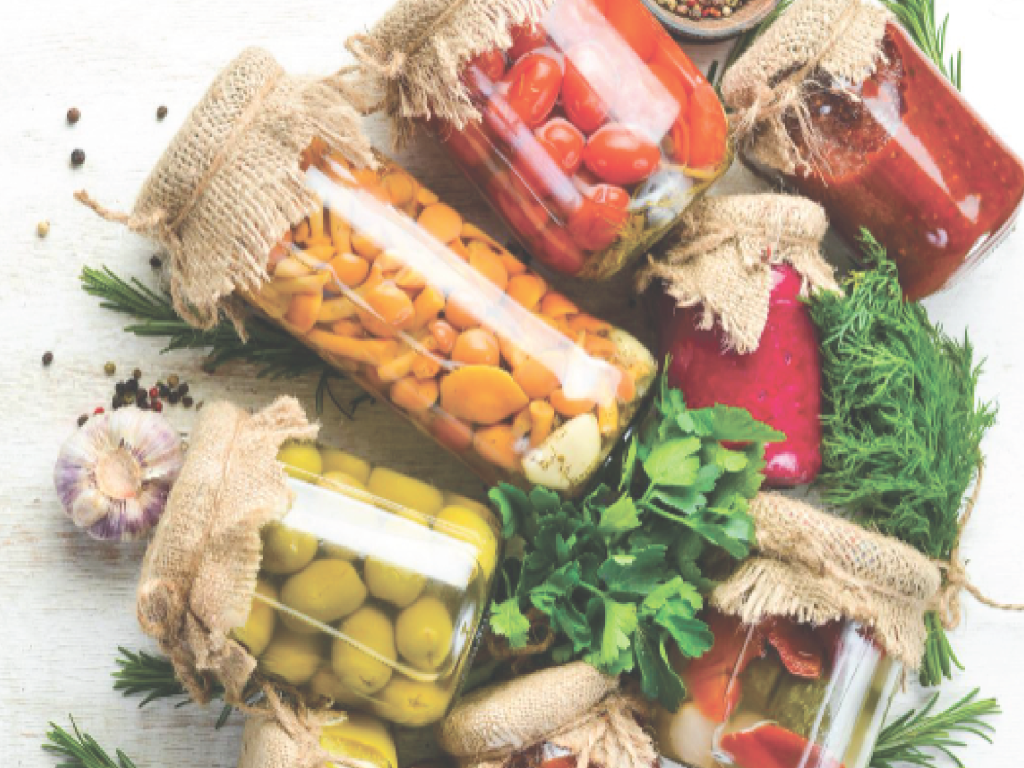Professor of the Agroindustrial Technology Department, IPB University
Head of Halal Science Center, IPB University
Coordinator of LPPOM MUI Experts
Foods and beverages derived from agricultural products, including livestock and fishery products, contain carbohydrates (starch and sugar), proteins and fats. It is become the source of nutrition for humans, animals and microorganisms.
One of the undesirable characteristics of agricultural products (plant, animal and fish) is that they are easily damaged when not consumed in time. Most of the damage occurs due to the attack of putrefactive microorganisms, both bacteria, yeast and fungi, which also consume such food and drinks.
Other damage is due to oxidation by oxygen present in the air such as the rancidity process in oils/fats, and the release of internal enzymes due to impacts such as the production of free fatty acids due to the lipase enzyme. Therefore, scientists are trying to find technology to preserve these foods and drinks so that they can withstand storage for a long time, by paying attention to the causes of damage and the physical properties of destructive agents.
Purpose of Preservation
The preservation of food or drinks aims to make the product have a long shelf life while retaining its physical and chemical properties. The method of preservation of foodstuffs can be adjusted to the condition of food ingredients, the composition of food ingredients, and the purpose of preservation. There are two ways to preserve the food, namely physically and chemically.
Physical preservation of food and beverages is the easiest and most people do. Here are some examples of physical preservation.
- Heating (boiling/cooking, pasteurization or sterilization).
- Cooling or freezing.
- Drying or fumigation.
- Crystallization or Scavenging.
- Irradiation or ozonization (kills microbes with strong radiation from ultra violet rays or gamma rays).
- Bottling, canning and airtight packing.
- Sweetening, salting and thickening.
- Acidification.
- The addition of antioxidant ingredients to prevent rancidity.
- The addition of preservatives that are not thayyib (such as borax and formalin).
- The addition of protease or alkali enzymes to kill microorganisms, but the addition of this ingredient has the potential to interfere with the aroma and taste of foods/drinks.
Halal Critical Point in the Preservation Process
Physical preservation is generally not critical in terms of halal. However, chemical preservation, or a combination of physical and chemical, has the potential to cause the product become non-halal or not thayyib. It is come from the additives added.
Additives from pure chemicals are not critical in the term of halal. However, products that are preserved using health-endangering chemicals that are not in accordance with health regulations or food safety regulations, also cannot be halal certified because halal must be accompanied by thayyib.
Additives derived from animal materials such as gelatin or materials that are come from microbial process are critical in the term of halal if the media used comes from haram and unclean materials. To prove that the haram and unclean materials not included in the preservation process, the additives used should have valid supporting documents.
Another critical halal point is from packaging because in the manufacture of primary packaging such as plastic, cans and paper coated with plastic film also has the potential to use animal materials, even materials from porcine derivatives. This ingredient, under certain conditions, has the potential to migrate into packaged foods and beverages.
Therefore, this primary packaging material needs to be supported by supporting documents such as an animal free statement or at least a porcine free statement. (***)


